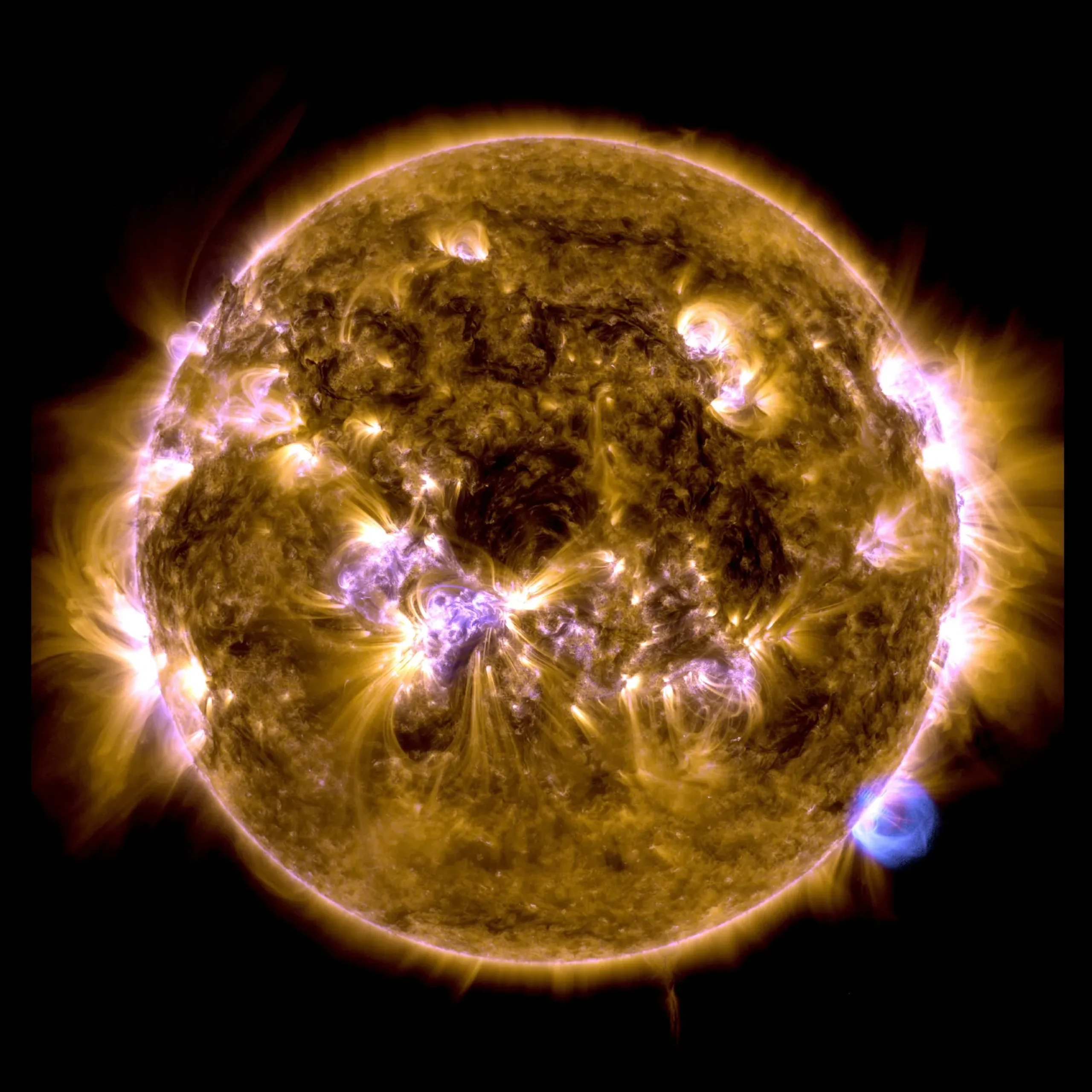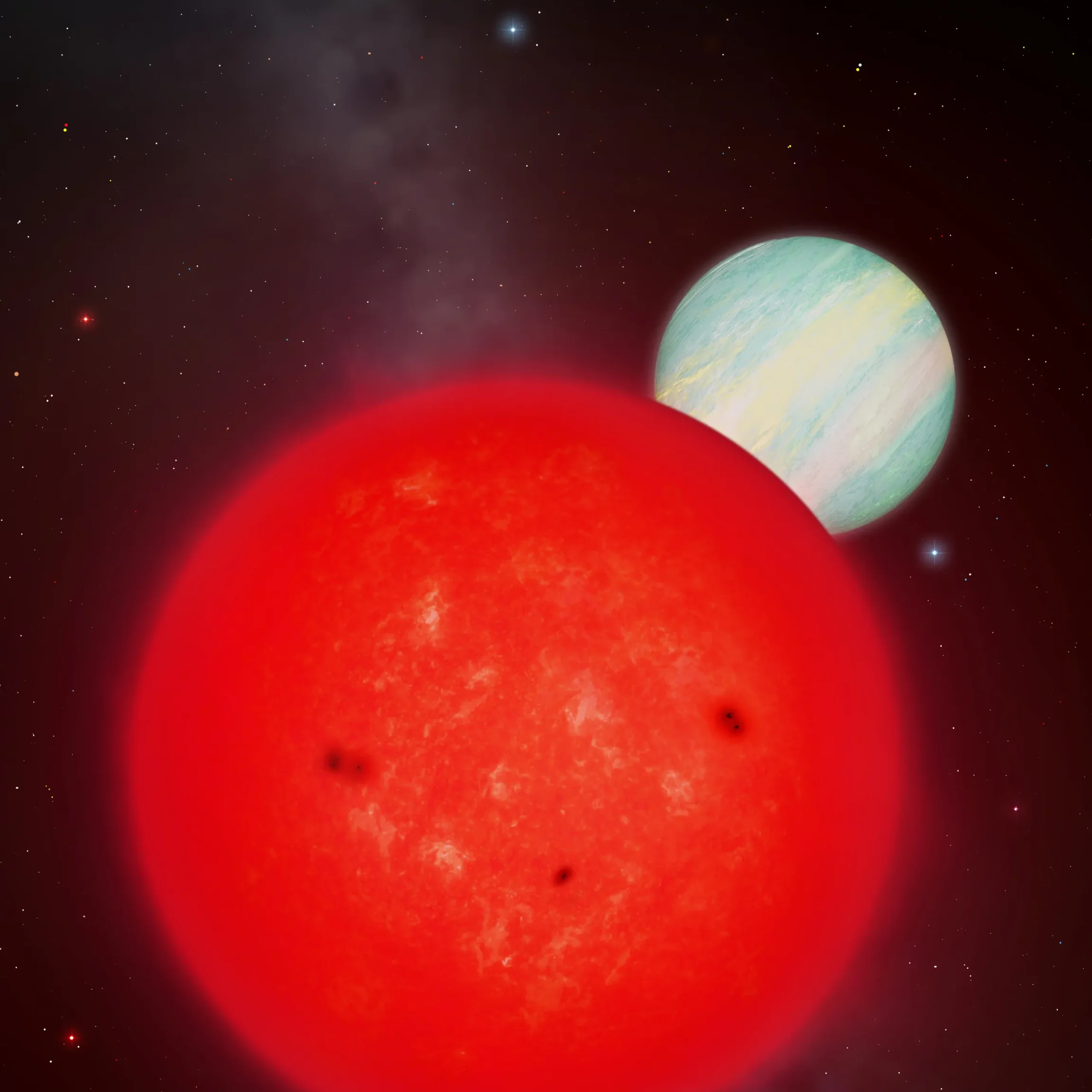While making a death-defying dive through the sun’s atmosphere, NASA’s Parker Solar Probe has directly recorded a powerful plasma explosion heading toward our star’s surface in unprecedented detail.
The sunward plasma jet was caused by “magnetic reconnection” in the sun’s atmosphere — the explosive process in which magnetic fields fracture and reconnect.
The Parker Solar Probe is the first mission to fly into the sun’s upper atmosphere, called the corona.
“Everywhere there are magnetic fields there will be magnetic reconnection.
But the Sun’s magnetic fields are much stronger near the star, so there’s a lot more stored energy to be released.”
NASA’s Parker Solar Probe captured a powerful plasma explosion en route to the surface of our star in unprecedented detail while making a death-defying dive through the sun’s atmosphere.
According to Parker’s new measurements, a plasma jet was pointing toward the sun rather than away from it, and protons had roughly 1000 times the energy of what was predicted. Parker was in a unique position between the sun and the source of the particles, making it simple for scientists to determine their origin. These results show that the sun’s magnetic field’s tangles can accelerate charged particles to far higher speeds than would be predicted based just on the field’s strength.
“Magnetic reconnection”—the explosive process by which magnetic fields break and re-connect—was the cause of the sunward plasma jet in the sun’s atmosphere. The solar wind, the continuous flow of charged particles that the sun shoots across the solar system, is accelerated by the potent phenomenon that converts energy stored in the sun’s magnetic field.
Improved forecasting of space weather, which is influenced by the solar wind and other powerful eruptions from our star, depends on an understanding of magnetic reconnection. One of the main suspects for removing Mars’ atmosphere and transforming it from a habitable planet into an icy desert wasteland is space weather. On Earth, space weather can set off geomagnetic storms that harm satellites, disrupt radio and GPS signals, cause blackouts, and even endanger astronauts. Positively, it also contributes to Earth’s famously beautiful auroras.
The magnetic field of the sun is very strong, intricate, and ever-changing. Detailed computer simulations based on equations describing the behavior of magnetic fields are necessary for space weather forecasting; however, because the sun is so big and complex, these equations will always be approximations. Obtaining incredibly precise measurements of the sun is necessary for scientists to increase the accuracy of the models. Herein lies the role of the Parker Solar Probe.
The first mission to fly into the sun’s corona, or upper atmosphere, is the Parker Solar Probe. With previously unheard-of precision, it has been directly measuring magnetic fields and particles in and around the corona, offering scientists new understanding of the heliosphere—the sun’s atmosphere, which encloses the entire solar system in a huge, elongated bubble.
See also: NASA’s daredevil solar spacecraft makes it through its second close approach to the sun.
According to a statement from the Southwest Research Institute’s Department of Space Research, lead study author Mihir Desai said, “These findings indicate that magnetic reconnection … is an important source of energetic particles in the near-Sun solar wind.”. “Magnetical reconnection will occur wherever magnetic fields are present. Near the star, however, the Sun’s magnetic fields are much stronger, meaning that much more stored energy is available for release. “..”.
The researchers suggested that a better understanding of how magnetic reconnection events operate could aid in the prediction of hazardous space weather.
“The strong solar events in May 2024 caused severe damage to farmers when extreme geomagnetic storms interfered with the accurate GPS-guided navigation systems used to plant, fertilize, and harvest rows of seeds, resulting in an estimated loss of up to $500 million in earning potential,” according to reports from the American Meteorological Society, Desai said. “Parker’s access to this fresh data is essential, especially since the solar cycle is still extremely active. “,”.







